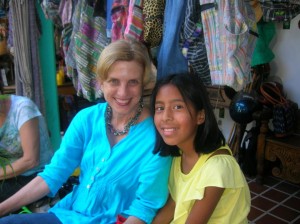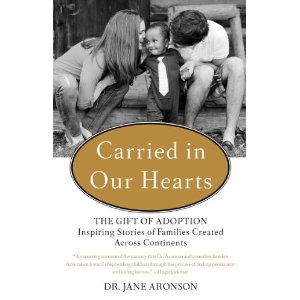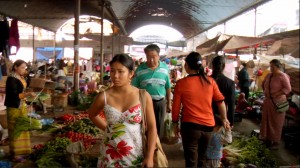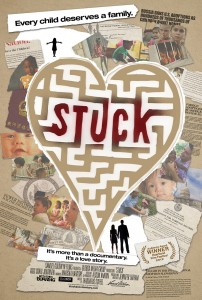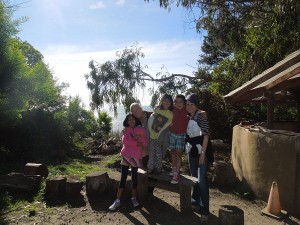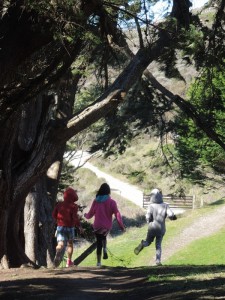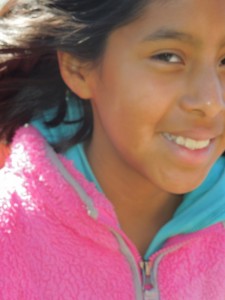
One of the best parts of writing a book about adoption is that I get to meet a lot of people connected to adoption. Two years ago at Heritage Camp in Colorado, I met my now-friend, Caroline, who said she, like me, lived in the Bay Area, and would I be interested in attending a meeting of her adoption-group book club to discuss Mamalita?
Naturally, I accepted. (And by the way, if you live anywhere remotely close and would like me to talk with your book club, please send an email because of course I will!)
When I arrived, the most lovely, smart, and interesting array of women welcomed me into their fold for an afternoon chat-fest. The conversation started with my book, but soon drifted to their stories and journeys; feelings about parenthood, children and families; and our lives now. You know how, occasionally, you meet someone and you just “get” each other? This rarely happens for me. When it does, I pounce.
“Are you accepting new members?” I asked. “Because if you are, I’m in.”
Tim, Olivia, Mateo, and I have been meeting with the organization for more than a year now, once a month, usually at someone’s home. Everyone brings food to share. We mingle, nosh, and catch up for about an hour while our children run around, then a small band of hardy souls—Dads, mostly, but also Moms–herd the kids to a backyard or playground for another two hours while the book club dissects the latest selection. Afterwards, we re-assemble for dessert.
The absolute best part of belonging to the group is watching our children’s friendships develop. Both Olivia and Mateo love to play with the other girls and boys, not only because they’re all adopted from Central America, although that’s a wonderful benefit, but because they have fun.
Last Saturday, one of our number, Michele, hosted our big annual gathering at her family’s church. Another member, Dara, constructed a homemade pinata to represent a Guatemalan bus, and everyone brought food, crafts, and good cheer. Our fearless leader, Sheryl, organized.
Wherever you live, find a community! If one doesn’t exist, create one. That’s what my friend Cindy Swatek did in Missouri, with her fantastic MOGUATE. Trust me: the effort, schedule reshuffling, and travel time will be forgotten as you sink into the comfort that comes from being among people who share the specific experience of being touched by adoption.


 ShareThis
ShareThis



 ShareThis
ShareThis